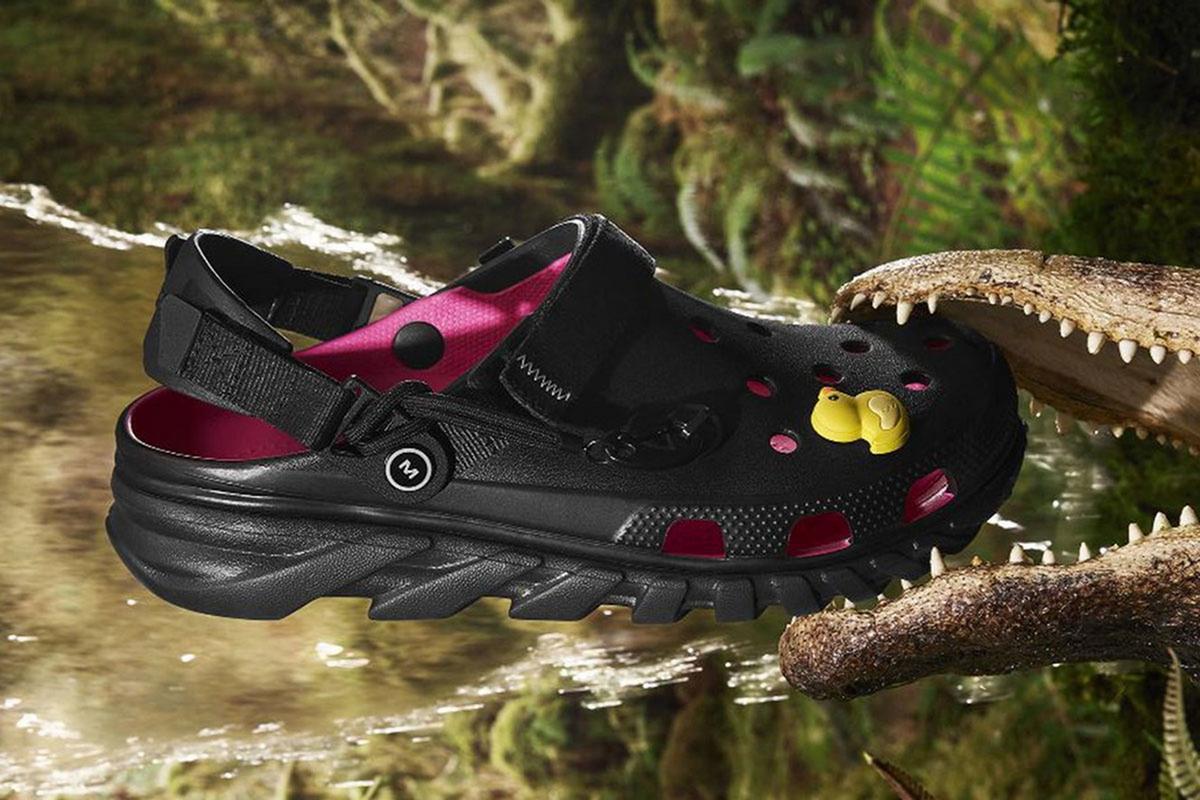Crocs, known for its iconic clog shoes made of proprietary Croslite material, has grown from humble beginnings as a single store in 2002 to a global footwear empire today. The company’s lightweight, comfortable, and fun shoes have struck a chord with consumers across the world. Let’s take a look at the journey of this remarkable brand.
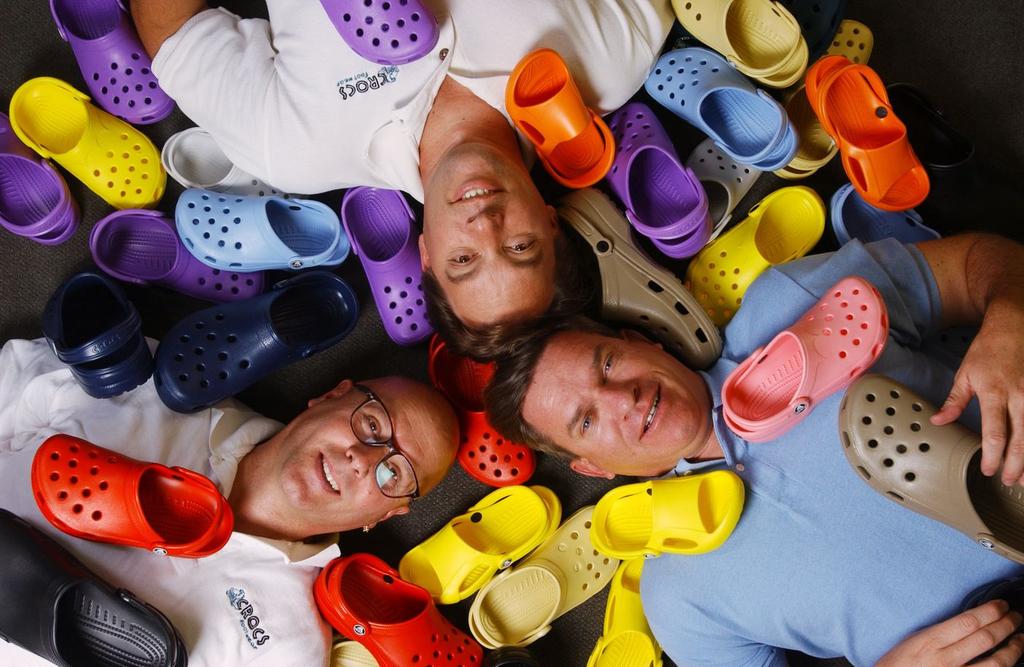
The Early Days: How a Sailing Trip Sparked the Crocs Footwear Craze?
In 2002, three innovators – Scott Seamans, Lyndon Hanson, and George Boedecker Jr. – crossed paths thanks to a shared love of sailing. While on a sailing adventure in the Caribbean, they discovered a foam clog made by a Canadian company using proprietary Croslite material. Inspired, the trio acquired rights to the manufacturing process and set out to create their own take on comfortable foam clogs.
Combining their various strengths, the three founders worked together to tweak the design and line up investors to launch their new Crocs shoe featuring Croslite material. This material gave the clogs their signature lightweight, odor-resistant, and cushiony feel.
Crocs, initially designed as boat shoes, made their debut in 2002 at the Fort Lauderdale Boat Show. It quickly became apparent that the outrageous shoes appealed far beyond just boaters. By 2004, Crocs had secured exclusive rights to Croslite and saw demand take off. While they might not win any fashion awards for their looks, they have become a practical staple in many households and professions. Their comfort and durability, designed to withstand the toughest conditions, have endeared them to chefs, nurses, and countless others who spend long hours on their feet.
Evolution into a Global Brand
In 2003, Crocs introduced their first women’s style, the Nile. By 2006, Crocs was already making moves to expand their product line, acquiring Jibbitz, makers of the charms that fit into Crocs’ signature holes. By combining radical innovation and meticulous research with fun, colorful designs, Crocs evolved from just a boat shoe to offering over 100 styles today – from sandals, clogs, flip flops to slip-on and more for men, women, and kids. The brand crossed cultural boundaries, selling over 300 million pairs to date. Over the years, Crocs continued to snap up other footwear and fashion companies to release new styles like wedges and athletic shoes. However, their original classic clog remained at the core of the brand.
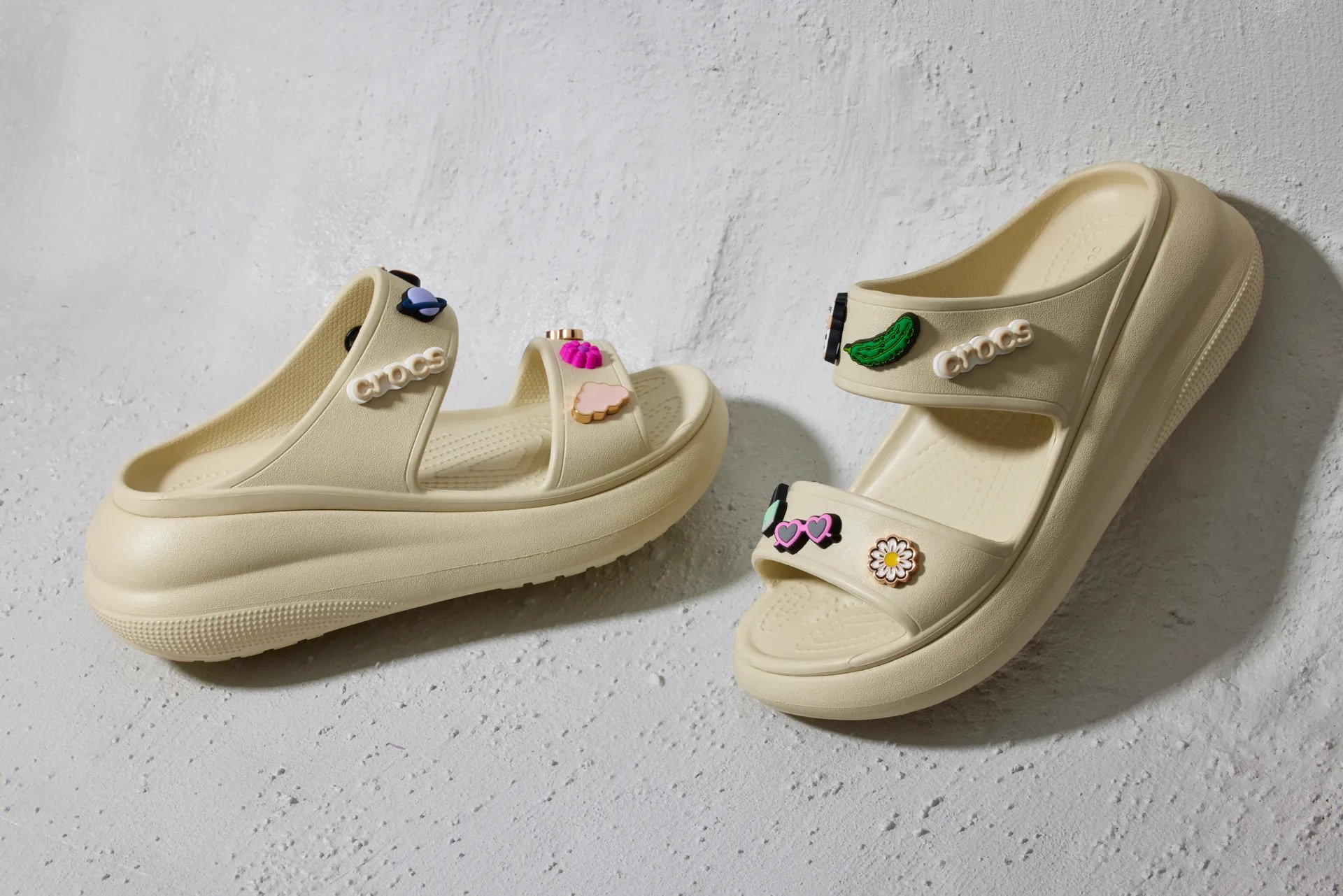
Embracing Functionality over Fashion
Crocs has always been aware that its appeal lies in functionality rather than aesthetics. The brand acknowledges that they may not be the most visually appealing shoes, but they are undeniably fit for purpose. While fashion enthusiasts have been quick to criticize Crocs, the brand has never made an effort to cater to the cool crowd—until recently.
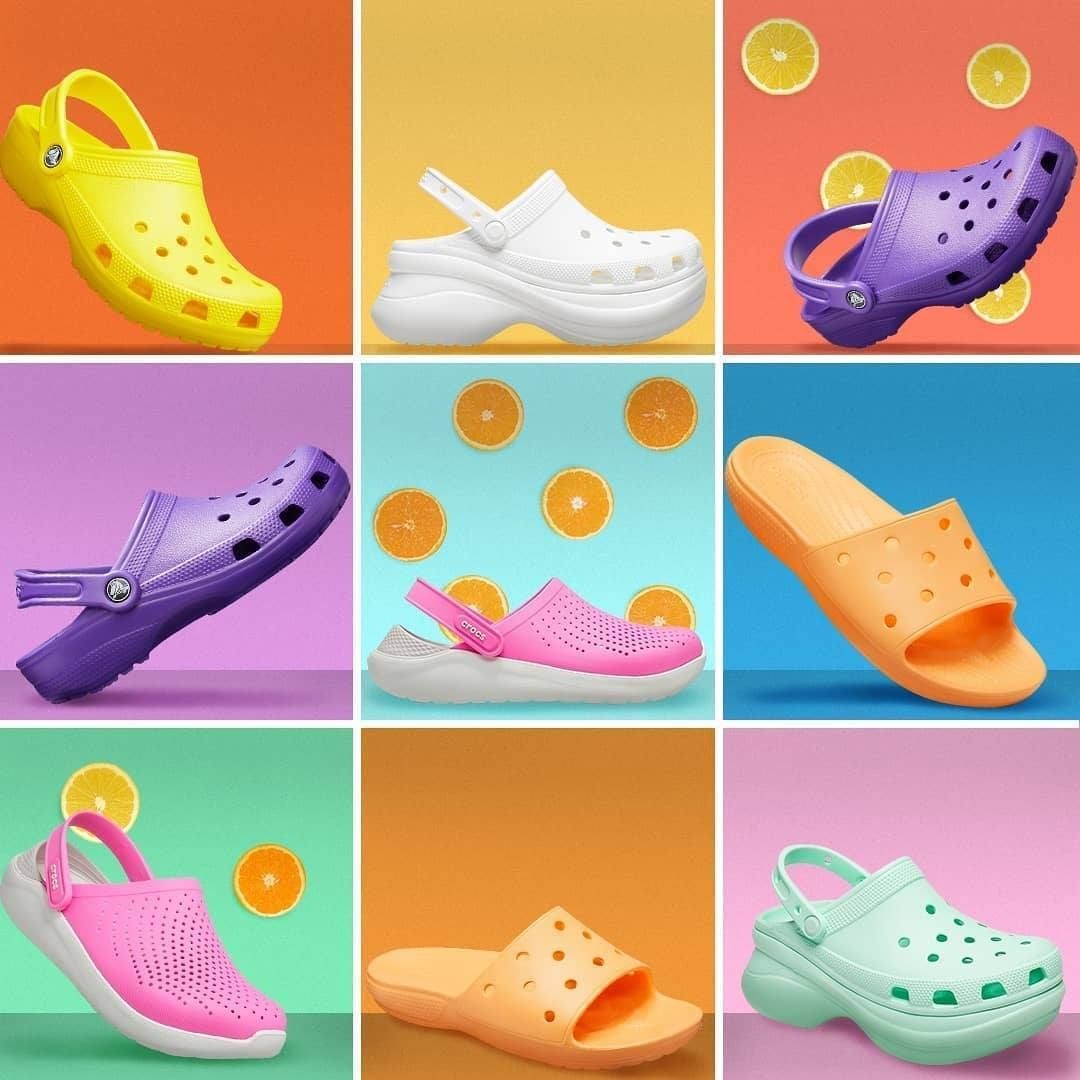
The Rise of Collaborations
In 2016, fashion designer Christopher Kane surprised the industry by collaborating with Crocs for his London Fashion Week SS17 show. Kane adorned the Crocs with fur and gemstones, embracing the shoe’s “awkward” and “naive” shape. This collaboration marked a turning point for Crocs and challenged the notion of beauty in fashion. It proved that ugliness can be subjective, and even unconventional designs can find their place in the industry.
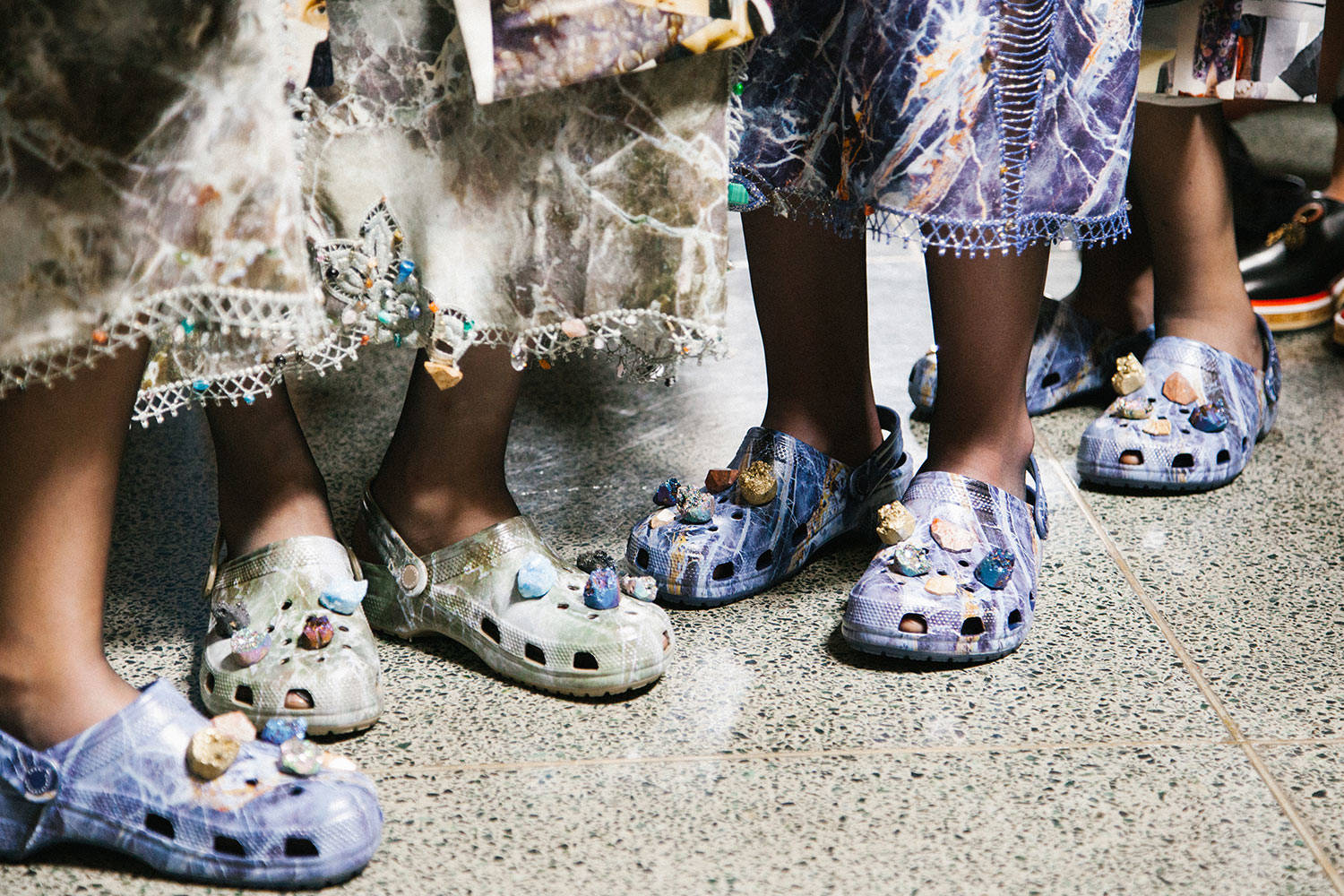
Following Kane’s collaboration, Balenciaga‘s Demna Gvasalia, known for his avant-garde and ironic fashion choices, took Crocs to new heights. Gvasalia added a 5-inch platform sole and customized the Crocs with Balenciaga Jibbitz, small buttons used to personalize the shoes. This collaboration created a buzz, and the Balenciaga Crocs sold out before they even hit the shelves.
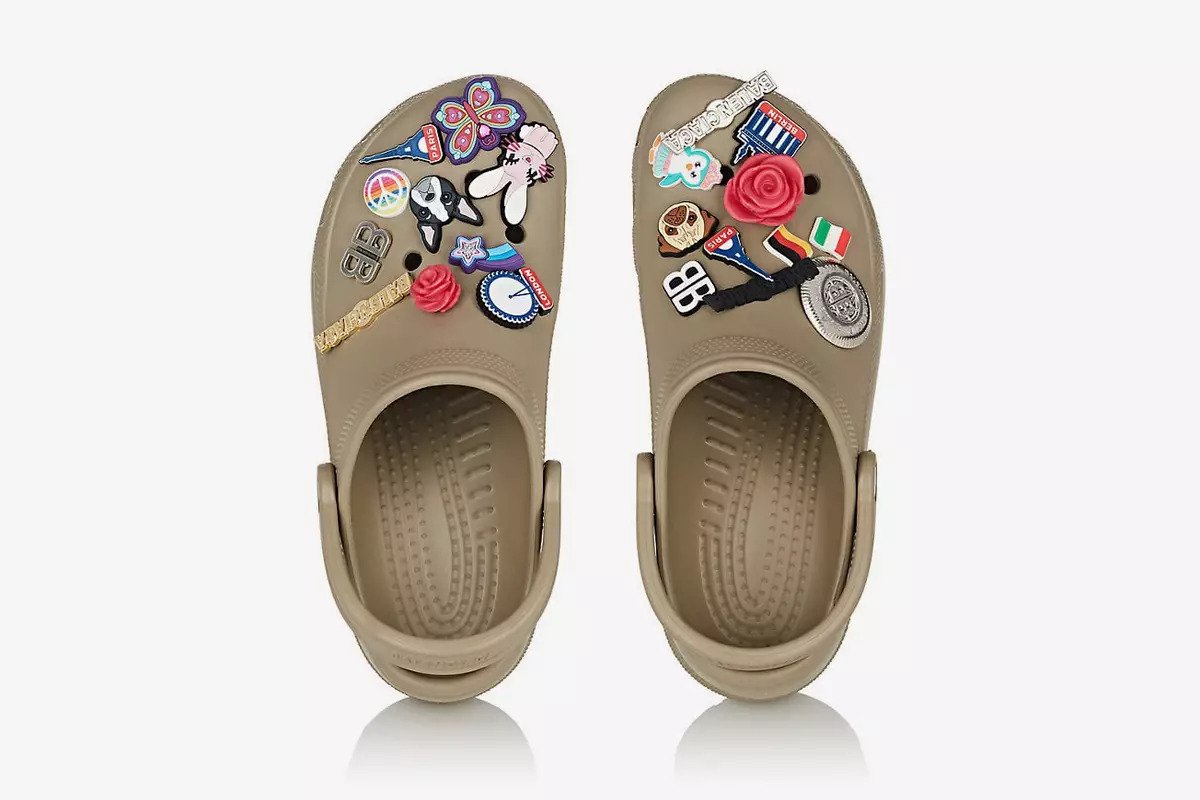
Streetwear brand Alife also joined the Crocs collaboration trend, adding their unique touch to the foam clogs. Alife’s collaboration incorporated a tube sock upper and Jibbitz inspired by iconic New York landmarks. Rapper Post Malone further fueled the hype by releasing his own limited edition Crocs, which sold out within minutes.
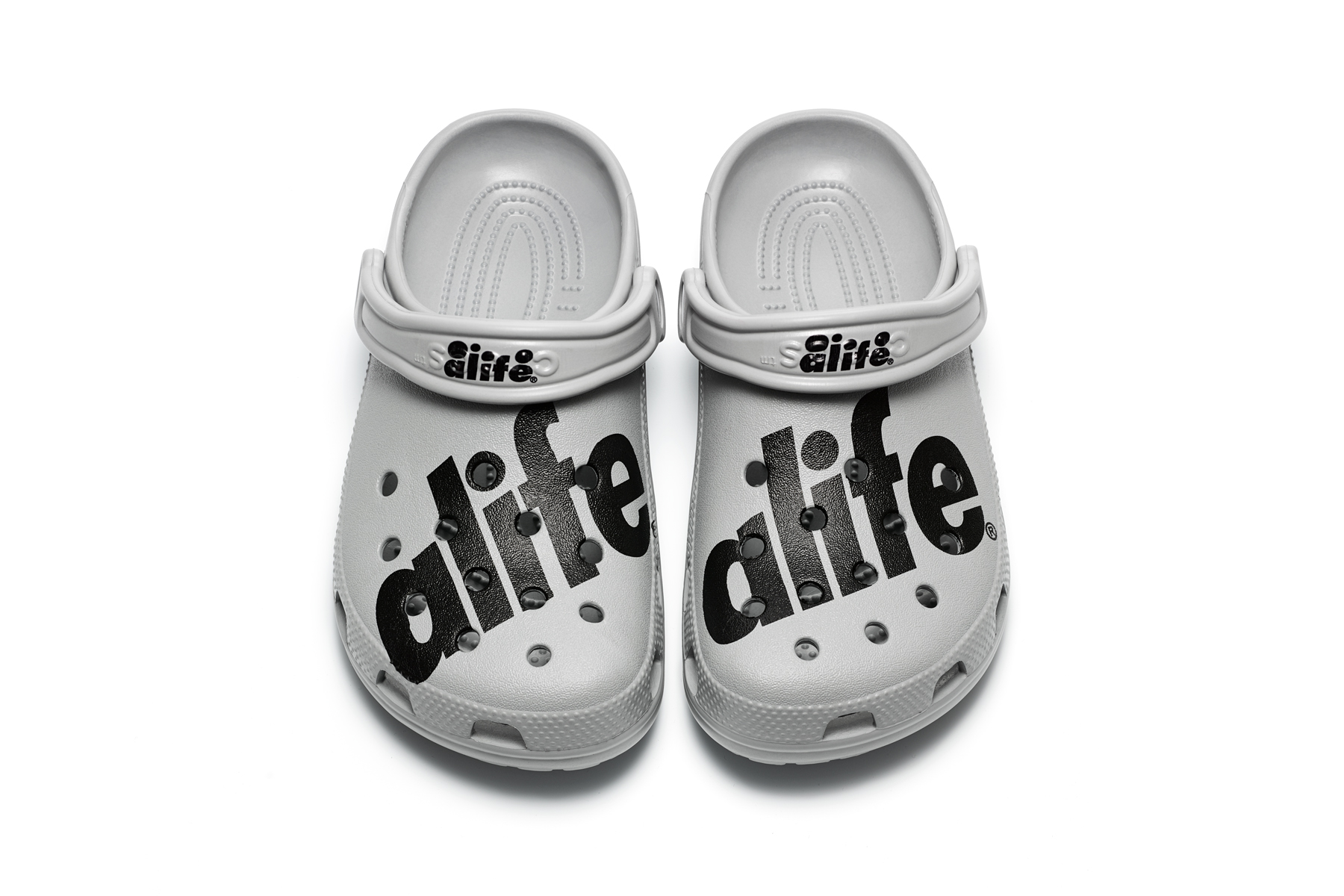
The Significance of Collaborations
Collaborations have become instrumental in Crocs’ brand strategy. Michelle Poole, Crocs’ senior VP of global product and marketing, emphasizes the importance of meaningful collaborations that fuel trends and conversations. Crocs’ versatile clogs provide a blank canvas for designers and artists to express their creativity, resulting in unique and authentic products that resonate with consumers.
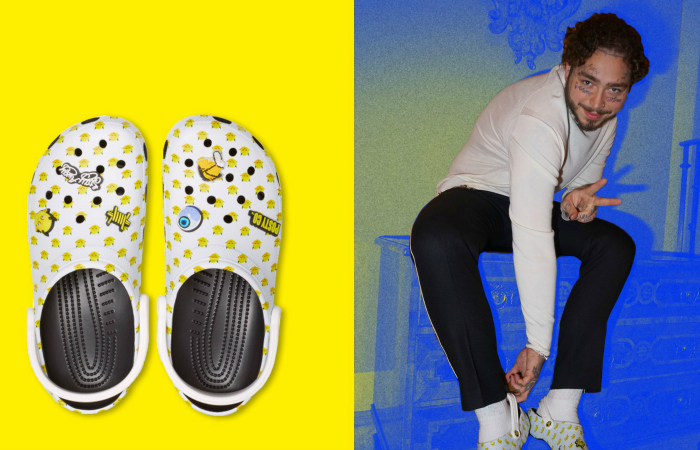
Crocs’ collaborations with high-end fashion brands, streetwear labels, and artists have propelled the brand into the streetwear space, making it surprisingly cool and uncool at the same time. Post Malone once tweeted the following:
Whether the collaborations are seen as genuine or as a joke, Crocs have undeniably transcended their original purpose and secured a place in the fashion world that nobody could have predicted years ago.
Recent Challenges and Competitive Advantages
Despite strong sales, Crocs hit some roadblocks recently with lower-than-expected earnings. However, their stellar gross margins and cost structure make them outperform rivals. For example, the HeyDude acquisition improved the operating profit margin to over 23%. Leveraging synergies with HeyDude and generating free cash flow could help Crocs reduce debt and continue growth.
The Future of Crocs
With each collaboration, Crocs continues to defy expectations and challenge traditional notions of fashion. The brand has managed to transform its reputation from divisive foam clogs to highly sought-after fashion items. As Crocs broaden their horizons and work with a diverse range of collaborators, they have solidified their position as a unique and relevant brand in the industry.
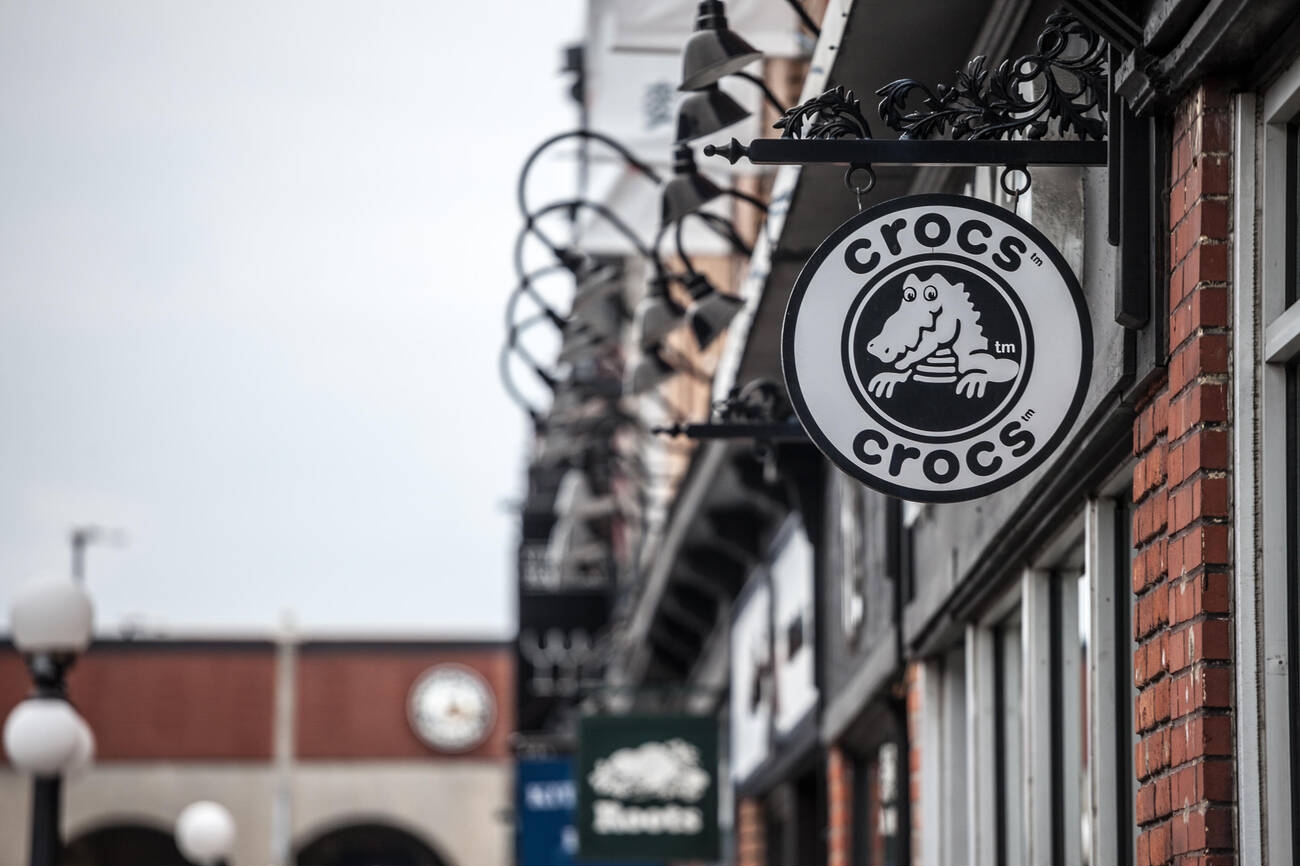
The Big Picture
Crocs journey from a single store to a global footwear leader showcases the power of breakthrough innovation and a brand that resonates with consumers worldwide. Despite some headwinds, Crocs strong margins and brand equity makes it well-positioned for long-term growth. Love them or hate them, it’s up to you, but one thing all footwear brands can learn from Crocs is that unconventional designs when paired with the right collaborators, can become fashion statements.
